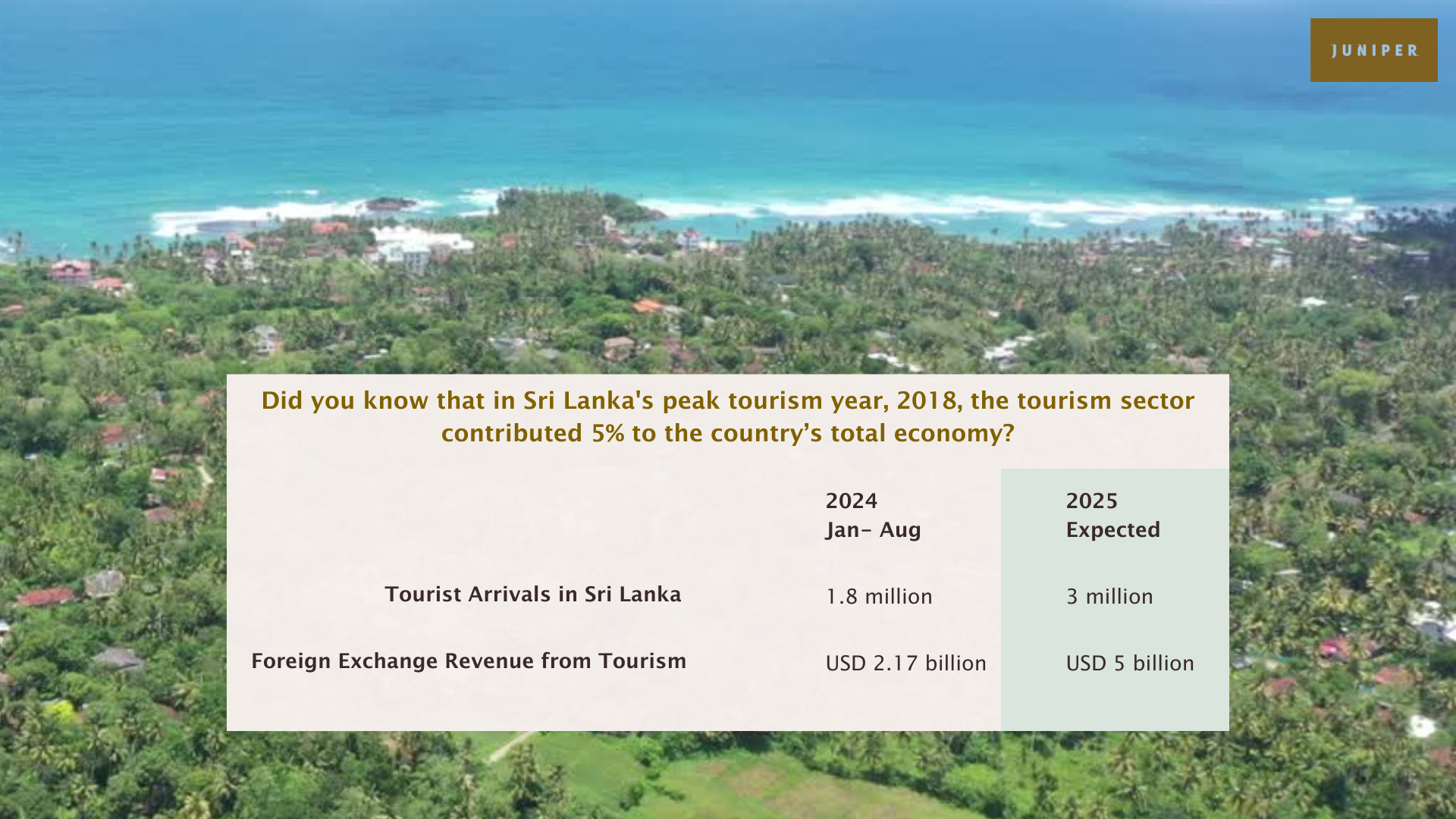
Why do some invest heavily during a political economic crisis?
There is no need to paint the picture of what’s happening in Sri Lanka right now. You can see the streets burning, literally. Even though we never witnessed the French Revolution, we can see the Sri Lankan Bastilles falling down. They say a ‘hungry man is an angry man’, and that stands correct. It isn’t just political instability, but the lack of food, medicine, fertilizer, gas, fuel and many more has caused this. Whilst some of us prepare for hibernation, others invest. Yes, this is no typo, and here’s why!
History repeats itself. Fact. Let me take you back to Thailand, and the year is 1997. Thai Baht that was around 24 per USD shot up to USD 52-53, and that’s what we call a 100% devaluation. From 1996 to 1997, within a year, Thailand faced a 21.2% decrease in the nominal GDP per capita. Thailand saw their currency exchange rates, stock markets, and prices of other assets all plunge. It was not just economical instability. The Asian Financial Crisis also resulted in political repercussions as well. What happened next? Yongchaiyudh, the Prime Minister General of Thailand, gave his resignation and left office. Sounds familiar?
What’s happening in Sri Lanka in a snapshot is that we are losing around USD 8 billion annually. Approximately USD 4.5 billion is from tourism, and USD 3.5 billion is the reduction in foreign worker remittance. Sri Lankan rupee just like the Thai Baht in 1997, faced a 100% devaluation against the US dollar; a hike from Rs 180 to 360. On the 9th May 2022, our Prime Minister Mahinda Rajapaksa also tendered his resignation.
Let’s go back to Thailand. 1997 Thailand is Sri Lanka today! But we know Thailand recovered. Even us Sri Lankans frequently travel to Thailand mostly for leisure. What was the silver lining?
IMF was their savior.
2nd July 1997, Thai Baht collapsed and turned to a float rate. This caused a ripple effect around the Asian region. In just two weeks, 18th July 1997; Peso and Rupiah also devalued.
IMF’s first bailout loan was given to the Philippines, an amount of USD 1.1 Billion.
On the 11th August 1997, IMF structured a plan for Thailand, and through that, a loan of USD 17 billion was granted to Thailand. The second tranche of USD 2.9 billion was given to Thailand in two more weeks. Now we know that IMF’s Structural Adjustment Program’s (SAP) loan didn’t kick off like an adrenaline injection. On the 28th of August, Asian Stock Market hit a multi-year low. Because the Asian Economic Crisis was just not in Thailand, countries such as Indonesia, Philippines, Malaysia, and South Korea faced it on a large scale, whilst mainland China, Japan and Singapore were also affected but less significantly. IMF’s Structural Adjustment Program helped revive Thailand, and Thailand paid off their loans in 2003, four years ahead of time. By 2001, Thailand’s economy had recovered. Not only that but Thai baht continued to appreciate, by October 2010, Thai baht to USD was only 29.
Let’s go back to the statement we made; “Whilst some of us prepare for hibernation, others invest!” Why do others invest? Are they not worried? Humans calculate the future. I am not sure if animals do this, but humans do. That’s what causes anxiety, because we look at the worse case scenarios. Some worry that Sri Lanka will also face asset freezing conditions like Lebanon. That their fixed deposits will be held until our reserves are strengthened. Some look at this as an opportunity. Not just Thailand, but the other asian countries also revived their economies using the IMF’s SAP and also they learned a few more lessons. Savvy investors know that Sri Lanka could also revive. They also know that it’s a dawn of a new era. Savvy investors know that anything from here will be a step up.
Asian countries and their leaders learnt some tough lessons during 1997-2001. What were they?
1. Countries learned to build up their foreign reserves to hedge against external shocks. March 2021, Thailand’s Foreign Exchange Reserves was measured at 234.4 USD billion.
2. Some Asian countries weakened their currencies and adjusted economic structures to create a current account surplus.
3. Asian countries saw that their governments’ intervention and crony capitalization was one of the main causes of the financial crisis.
4. IMF’s SAP helped establish neoliberal models as opposed to what was practiced before- heavy government influence in capital markets.
It was great news to see in the newspapers today (11th May 2022) that the IMF has confirmed that they will go ahead with their technical talks and continue to work with Sri Lanka. Sri Lankan youth is also non-stop fighting (using non-violence methods) for a reformed political system.
Whilst some may want to abandon ship thinking what if we fail, others are looking at Sri Lanka the way they looked at Thailand in 1997, what if it works!





